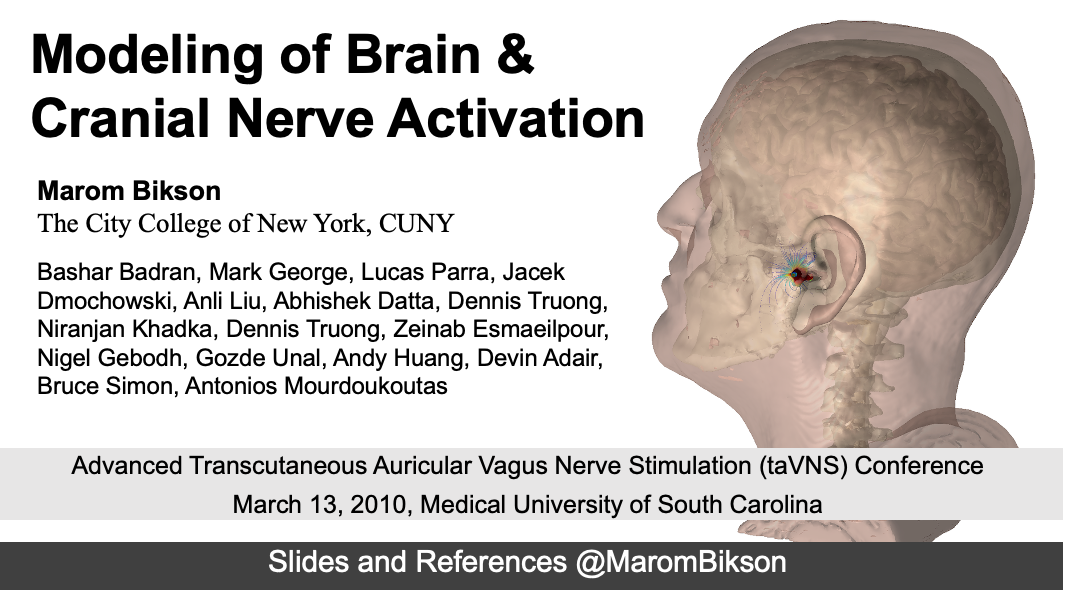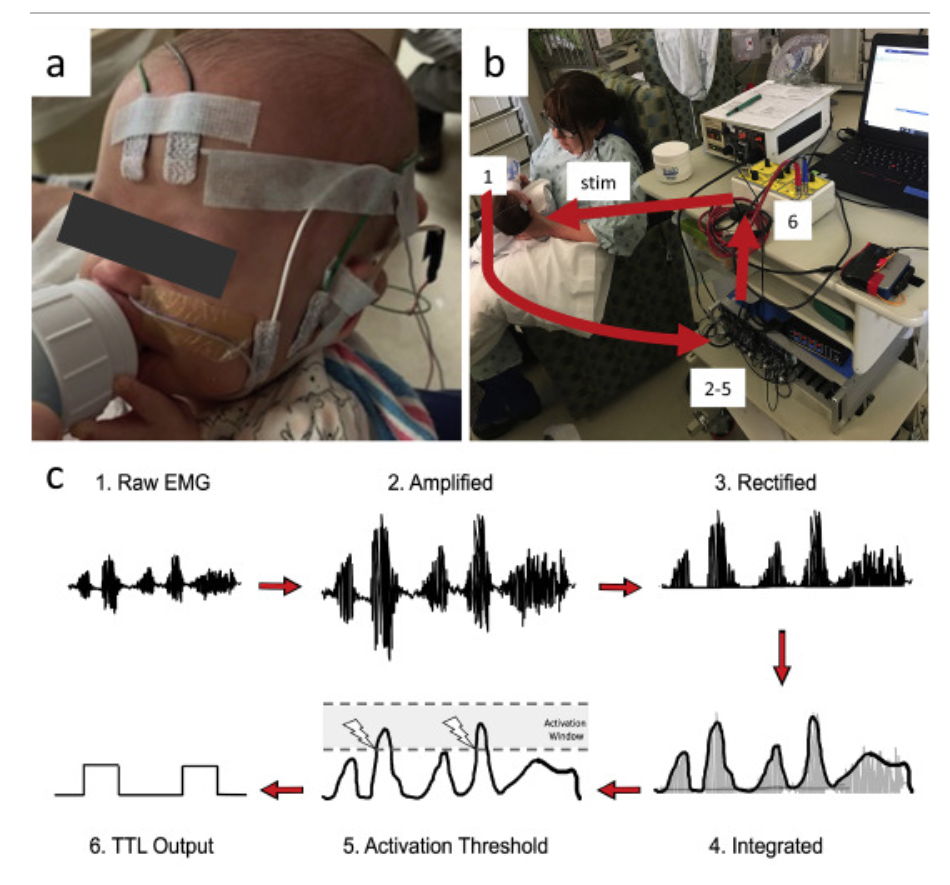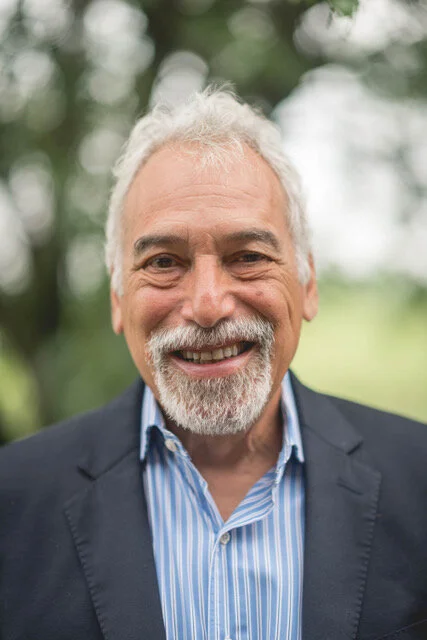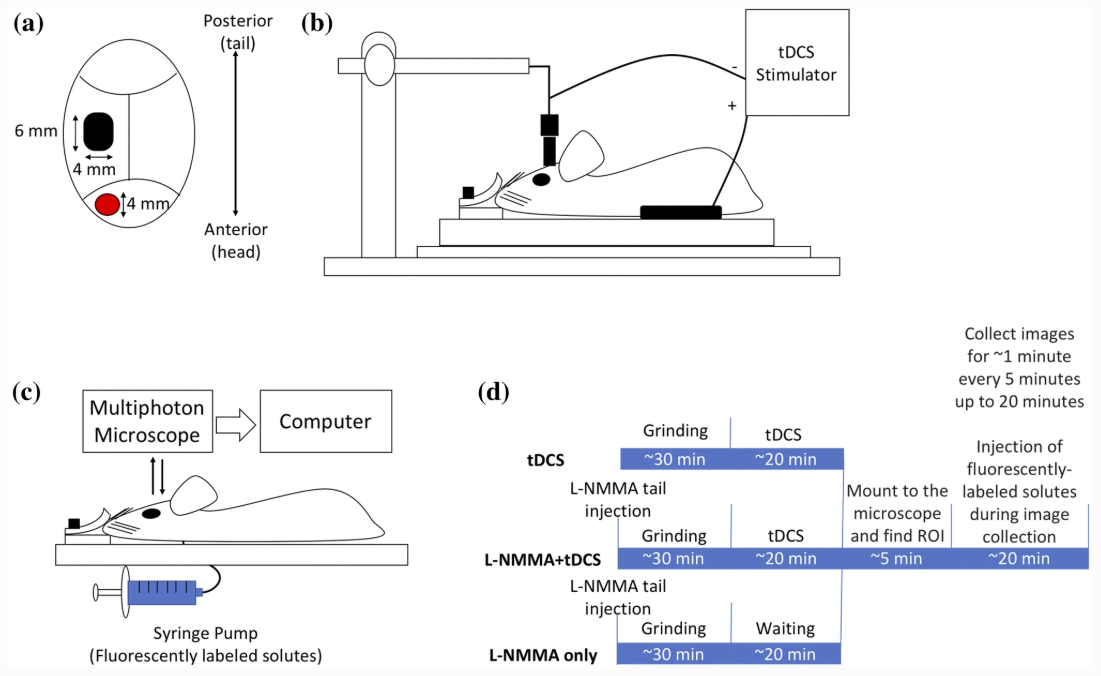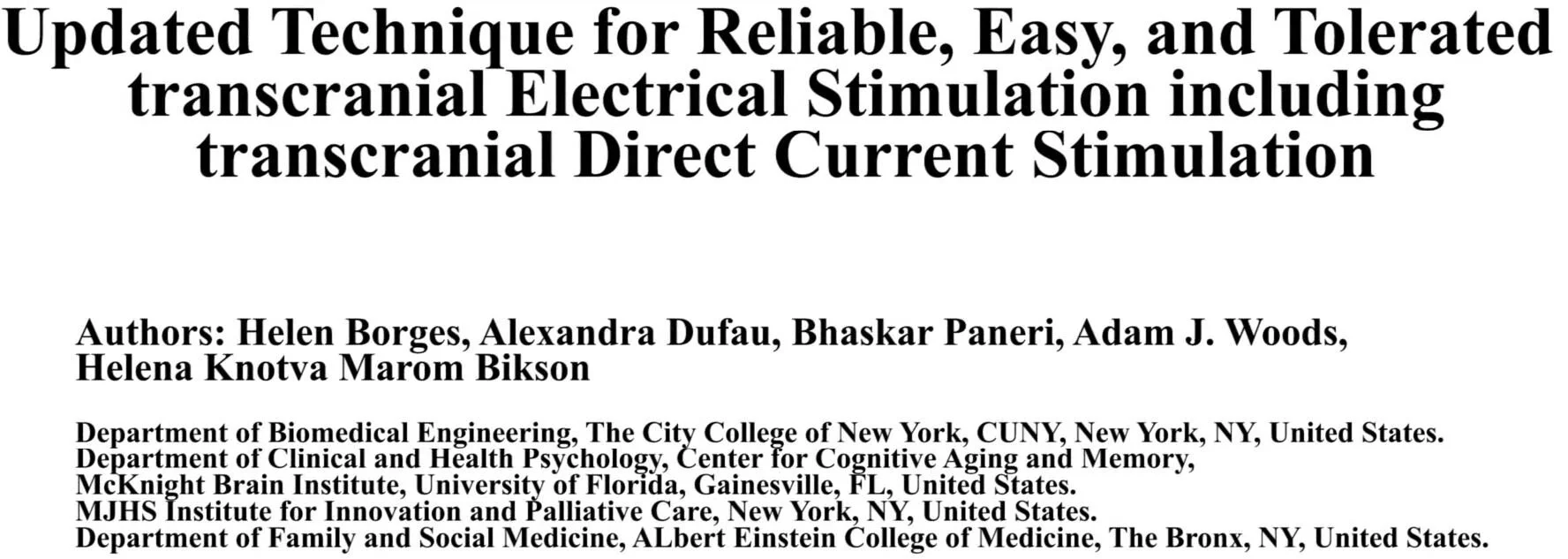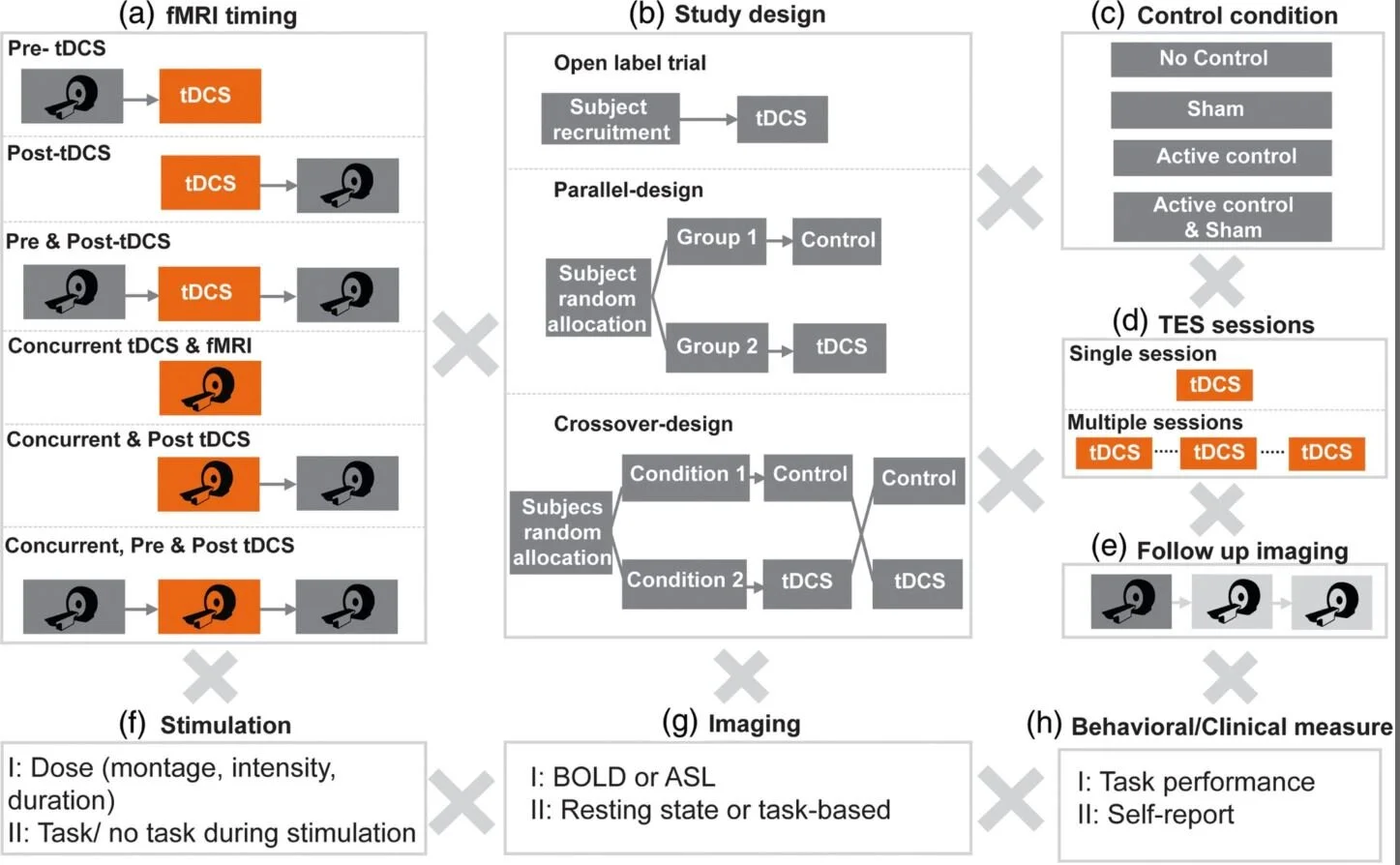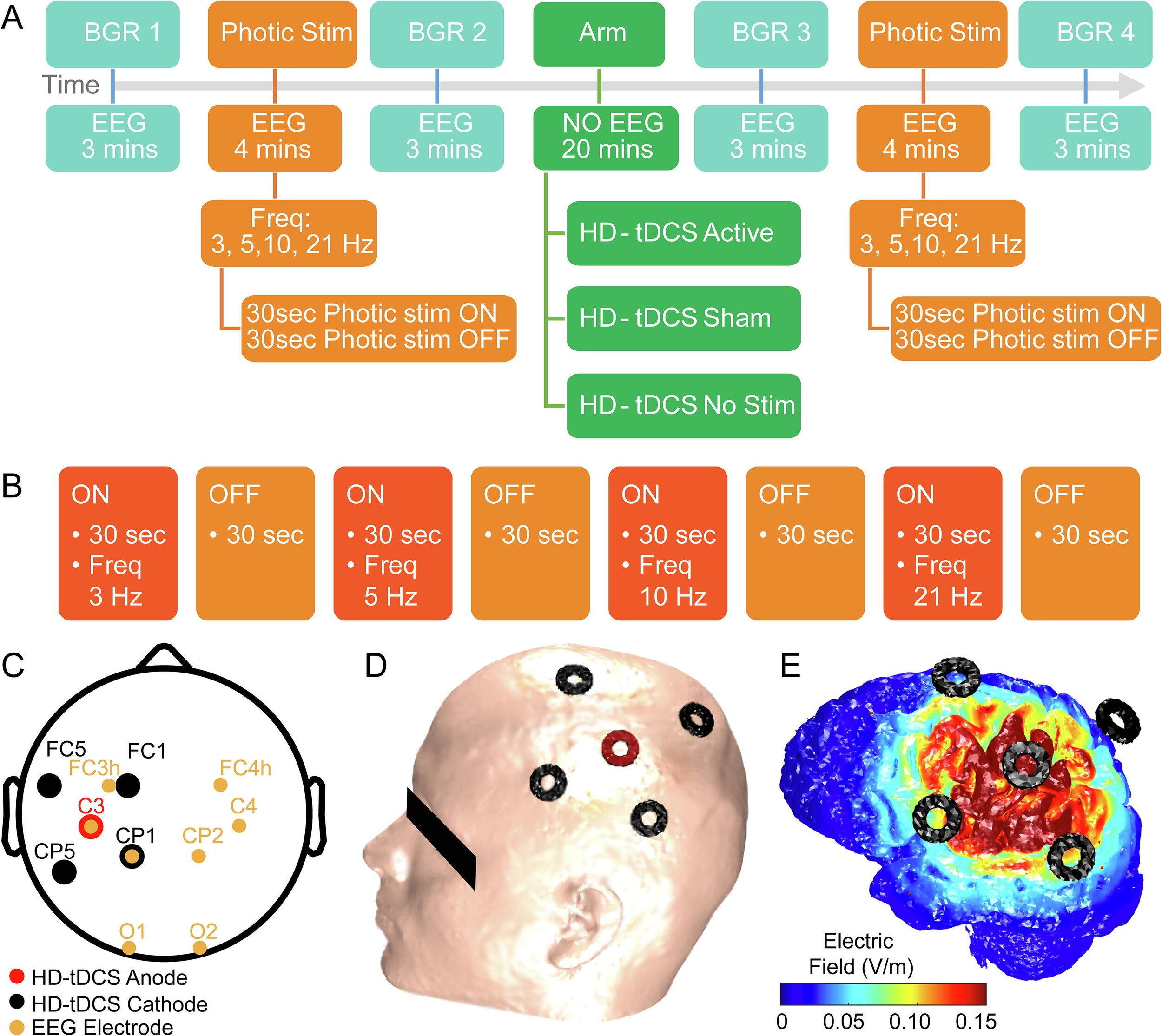New publication:
Guidelines for TMS/tES Clinical Services and Research through the COVID-19 Pandemic
Read it : online
Bikson M, Hanlon CH, Woods AJ, Gillick BT, Charvet L, Lamm C, Madeo G, Holczer A, Almeida J, Antal A, Ay MR, Baeken C, Blumberger DM, Campanella S, Camprodon J, Christiansen L, Colleen L, Crinion J, Fitzgerald P, Gallimberti L, Ghobadi-Azbari P, Ghodratitoostani I, Grabner R, Hartwigsen G, Hirata A, Kirton A, Knotkova H, Krupitsky E, Marangolo M, Nakamura-Palacios EM, Potok W, Praharaj SK, Ruff CC, Schlaug G, Siebner HR, Stagg CJ, Thielscher A, Wenderoth N, Yuan T, Zhang X, Ekhtiari H. . 2020
Dr. Marom Bikson leads with Dr. Hamed Ekhtiari and international team on experts.
We developed a framework for balancing the importance of NIBS operations with safety considerations, which facilitates the re-establishment of access to NIBS clinical services and research operations during COVID-19.
The present consensus paper provides guidelines and good practices for managing and reopening NIBS clinics and laboratories through the immediate and ongoing stages of COVID-19.
The proposed robust and structured strategy aims to address the current and anticipated future challenges while maintaining scientific rigor and managing risk.















